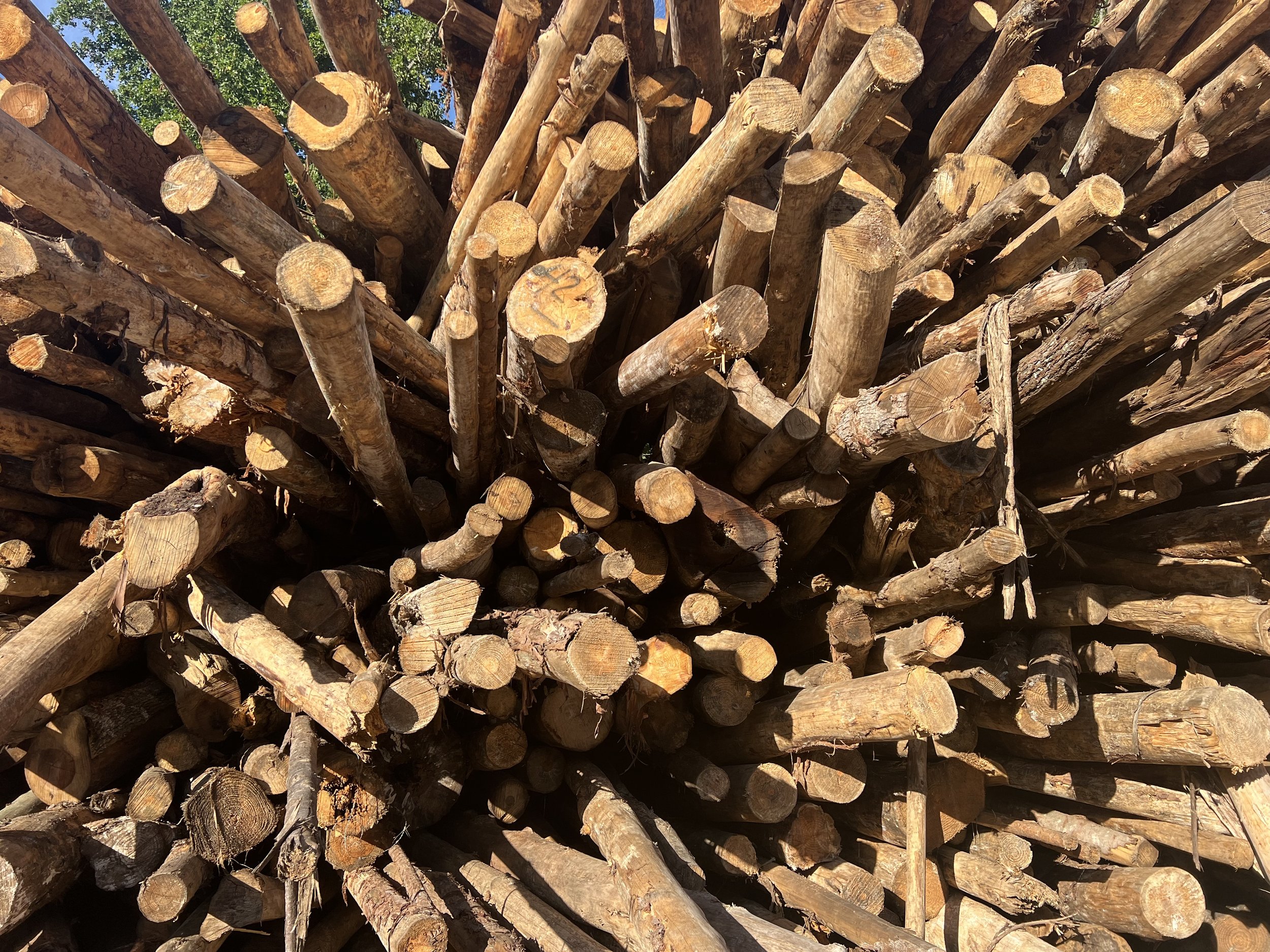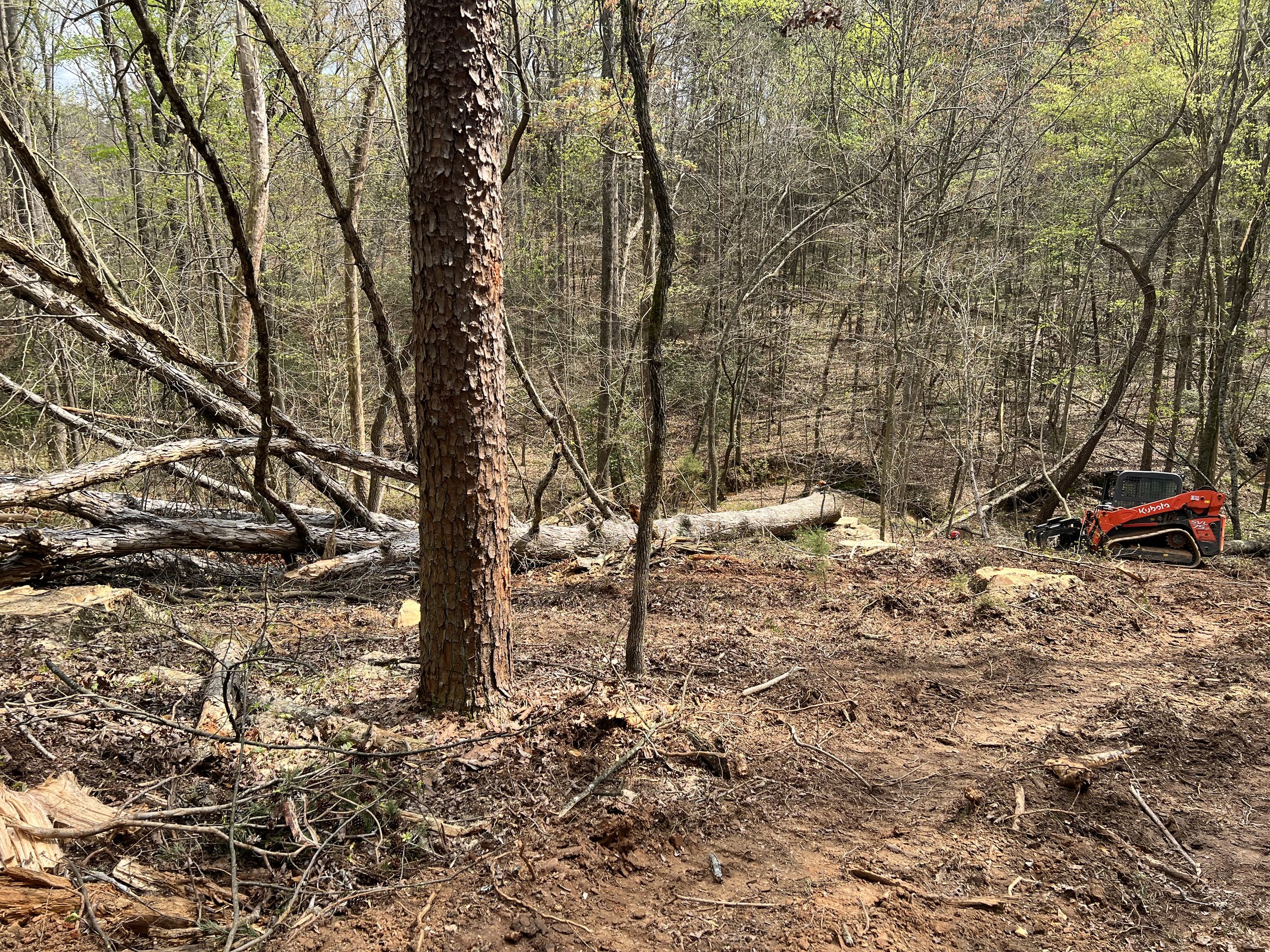
Harvest Your Timber
Realize profits by harvesting your marketable timber
How does it work?
Timber is priced and bought using different methods to compute a purchase price known as stumpage. A standing tract of timber is measured predominantly in either tonnage or board feet. These measurements are primarily categorized as saw timber, pulpwood, or chip & saw depending on species and quality of the timber. We come out to assess a potential tract’s production and discuss the landowners wishes at no cost.
What is my timber worth?
Every stand of timber’s value is dependent on multiple factors. The region of Northwestern NC is home to a wide range of species of timber, including Hardwoods (Oak, Hickory, Walnut), Soft Hardwoods (Poplar, Maple, Sweet Gum), and Pine (Lob Lolly, Short Leaf, White).
The species and quality of a tree is the number one factor that determines its value. What determines a high quality tree? Size as determined by its diameter and height; how straight the tree grows; disease, storm, and insect damage. How many quality trees versus low quality.
The next major item factored into stumpage is distance to market. Transporting timber to mills is costly and time consuming. Depending on the type of timber being harvested could require bypassing closer mills that do not take the species being harvested.
The terrain of the property also adds to the complexity of harvest and it’s cost. Factors such as how steep the grade, swampy wet land, access to state roads, and proximity to water features will contribute to the value/cost of harvest.
Lumber is a commodity that is traded on the Chicago COMEX exchange where the price fluctuates based on market conditions. This price ultimately affects stumpage rates as supply and demand for lumber ebbs and flows.


